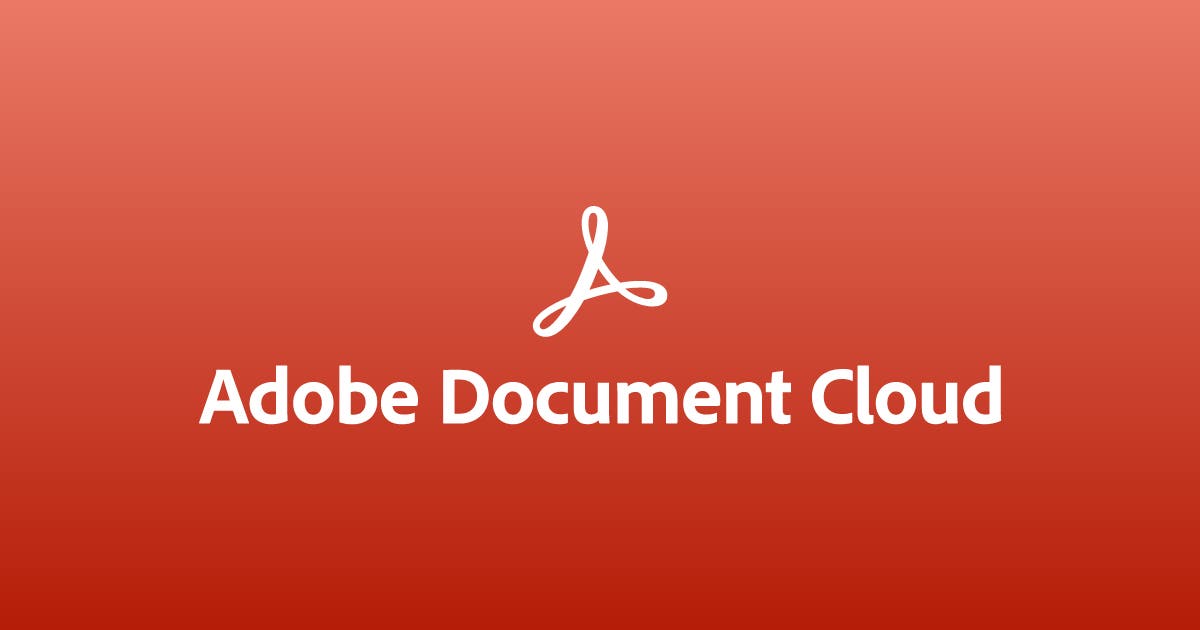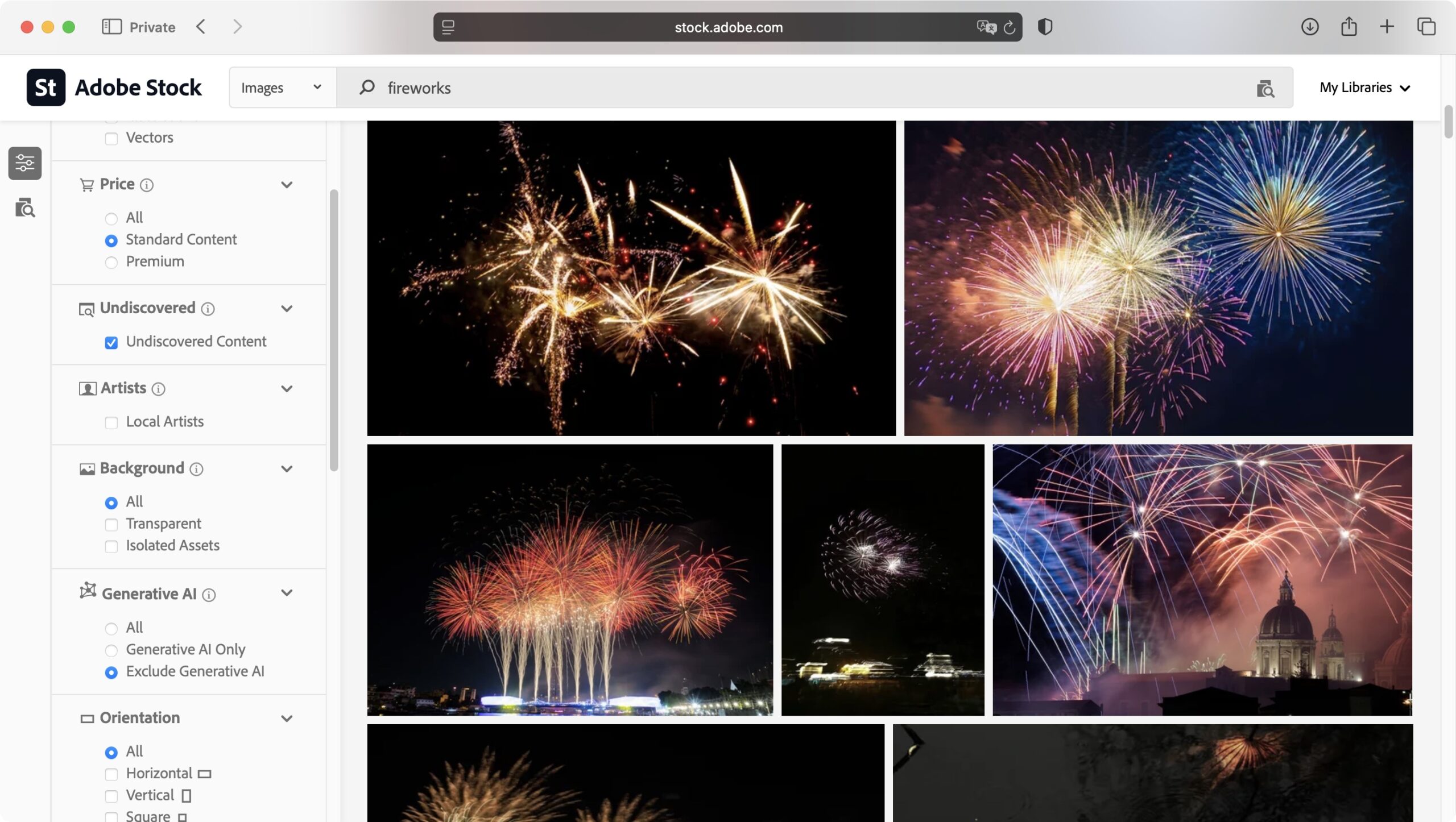Introduction to Adobe Document Cloud
In a world where digital reigns supreme, the idea of going paperless is more than just an eco-friendly trend—it’s a smart move for efficiency and organization. Enter Adobe Document Cloud, your ultimate companion on this journey to declutter your life from mountains of paperwork. Whether you’re a student juggling class notes or a professional managing contracts, mastering Adobe Document Cloud will transform how you handle documents forever.
Have you ever dreamed of accessing your files from anywhere with just a click? Or perhaps you want to streamline collaboration with colleagues without getting lost in email threads? With Adobe Document Cloud, these dreams can become reality. This guide will walk you through everything you need to know about making the transition seamless and effective. Let’s dive into the world of online document tools that empower users like never before!
Benefits of Going Paperless
Going paperless offers a myriad of benefits that can transform personal and professional environments. First, it significantly reduces clutter. With fewer physical documents lying around, you create a more organized workspace.
Environmental impact is another compelling reason to make the switch. By going digital, you contribute to reducing deforestation and lowering carbon footprints associated with paper production and waste.
Cost savings are also noteworthy. Think about all those expenses related to printing supplies—paper, ink, storage solutions—that vanish when you shift to an online document system.
Moreover, accessing information becomes lightning-fast. No more sifting through piles of papers; your important documents are just a click away in Adobe Document Cloud or other online document tools.
Collaboration improves dramatically in paperless settings. Sharing files instantaneously streamlines communication among teams and enhances productivity like never before.
Features of Adobe Document Cloud
Adobe Document Cloud offers a suite of powerful features designed to simplify your document management. With its seamless integration, you can easily create, edit, and share PDF files from anywhere.
One standout feature is Adobe Acrobat DC. This tool allows for comprehensive editing capabilities—whether you’re filling forms or annotating documents. The user-friendly interface makes it accessible even for beginners.
Another key aspect is the cloud storage functionality. Your documents are securely stored online, giving you access anytime and on any device. No more worries about losing important papers!
Collaboration tools enable real-time feedback and sharing among team members. You can track changes effortlessly and manage versions without confusion.
Additionally, the e-signature option streamlines approvals while maintaining security standards. These features collectively empower users to go paperless efficiently with Adobe Document Cloud’s innovative solutions.
How to Set Up and Use Adobe Document Cloud
Setting up Adobe Document Cloud is a straightforward process. First, visit the Adobe website and create an account if you don’t already have one. This step ensures you have access to all features.
Once logged in, download the necessary apps on your devices. The mobile app allows for document scanning and signing on the go.
Next, explore how to upload documents directly from your device or import them from cloud storage services like Google Drive or Dropbox. A simple drag-and-drop feature makes this even easier.
Familiarize yourself with key functionalities such as e-signatures and PDF editing tools. These options streamline workflows significantly.
Don’t forget to enable notifications for updates or shared comments on your documents. It keeps everything organized and efficient as you navigate through various files within the platform.
Tips for Organizing and Managing Digital Documents
Start by creating a clear folder structure. Use categories that make sense to you, such as “Invoices,” “Contracts,” or “Projects.” This will streamline your search process.
Employ consistent naming conventions for files. Include dates and brief descriptions in filenames. For example, “Invoice_2023-10-15_ClientName.pdf” is much easier to locate than something vague like “Document1.pdf.”
Leverage tags or keywords when possible. Some software allows tagging documents with relevant descriptors, enhancing the organization further.
Regularly review and declutter your digital space. Set aside time monthly or quarterly to delete unnecessary documents and archive old ones.
Consider using version control for essential files. This helps track changes over time without losing previous iterations, ensuring easy access when needed.
Back up important documents in multiple locations—cloud storage and external drives provide extra layers of security against data loss.
Integrating Adobe Document Cloud with Other Apps and Services
Integrating Adobe Document Cloud with other apps and services can supercharge your productivity. By linking it to tools you already use, you streamline workflows and enhance collaboration.
For instance, connect Adobe Document Cloud with cloud storage solutions like Google Drive or Dropbox. This allows for easy access to your documents from anywhere. No need to switch between platforms; everything is right at your fingertips.
You can also integrate with project management tools such as Asana or Trello. Attach PDFs directly within tasks, making document sharing seamless among team members.
Email clients are another great fit. With a simple integration, send signed documents straight from Adobe Document Cloud without leaving your inbox.
Utilizing these integrations not only saves time but also keeps all relevant files organized in one place, enhancing the overall efficiency of working paperless.
Security and Privacy Considerations
When going paperless with Adobe Document Cloud, security and privacy are paramount. You’re dealing with sensitive information that deserves robust protection.
Adobe employs advanced encryption protocols to safeguard your documents both in transit and at rest. This means unauthorized users have a hard time accessing your files.
Furthermore, the platform offers multifactor authentication options for an extra layer of security. It ensures that only you can access your important documents.
Privacy settings are also customizable. You have control over who can view or edit your files, reducing the risk of unwanted exposure.
Regular software updates keep the system secure against emerging threats, so staying current is essential for protecting your digital assets.
Always remember to review data-sharing settings and be cautious about what you upload. Knowing how to navigate these features helps maintain confidentiality in this increasingly digital world.
Troubleshooting Common Issues
Encountering issues while using Adobe Document Cloud can be frustrating. It’s essential to tackle these problems effectively.
If you experience trouble uploading files, check your internet connection first. A weak or unstable connection can hinder the process.
For login problems, ensure that your credentials are correct. Sometimes a simple password reset is all it takes to regain access.
Unexpected error messages may pop up during document editing. In this case, try clearing your browser’s cache and cookies. This often resolves many functionality hiccups.
When sharing documents, permissions might not work as expected. Double-check the settings for each file and clarify who has access before sending links.
If you find slow performance in loading features, consider updating Adobe Document Cloud to its latest version for optimal speed and efficiency.
Future of Paperless Technology
The future of paperless technology is bright and filled with possibilities. As more individuals and businesses look to streamline their processes, the adoption of digital solutions like Adobe Document Cloud will only increase. With advancements in artificial intelligence and machine learning, document management will become even smarter.
Imagine documents being automatically sorted or scanned for important information without any manual input. This level of automation could significantly reduce time spent on administrative tasks, allowing users to focus on what truly matters.
Furthermore, as remote work continues to rise, the need for efficient online document tools becomes paramount. Collaboration features within cloud-based services are evolving rapidly; real-time editing and seamless sharing options are becoming standard.
Sustainability is also a driving force behind going paperless. Companies are increasingly aware of their environmental impact and moving towards greener practices by reducing paper usage.
Security measures in paperless technology are advancing too. Enhanced encryption methods ensure sensitive data remains protected as we shift away from traditional physical storage solutions.
What lies ahead may redefine how we perceive documentation altogether—moving beyond just files stored in folders to interconnected systems that learn from our behaviors and adapt accordingly. Embracing this evolution not only streamlines personal productivity but also aligns us with a more sustainable approach toward managing information in an ever-changing digital landscape.




